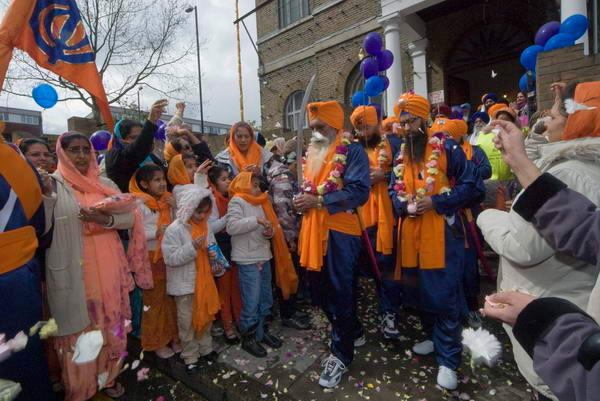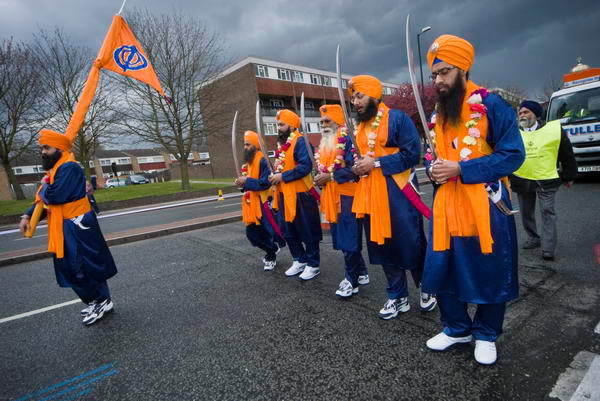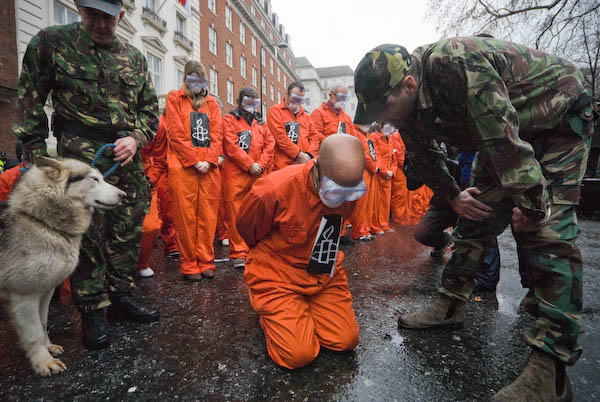Thanks to David Schonauer at American Photo for an almost totally incomprehensible link to an amusing video clip about some photographs by that most mis-spelt of photographers, Annie Leibovitz . I’m pretty good at the typos myself, and names are one thing a spell-checker isn’t a lot of help on – even if I can be bothered to sue (sorry, I mean use) one. For Leibovitz, mine gives various helpful suggestions including Bovinely.
Once, having written and published several features and posts about Leibovitz, I received a very irate e-mail from a reader, complaining I had spelt the photographer’s name wrongly. I did a quick search on all the features and found that my correspondent was right – I had got it wrong on I think 2 out of 20 or 30 occasions I’d used it. But it gave me great satisfaction when I replied to be able to point out – of course very politely – that she had herself used an incorrect spelling in her complaint to me.
The non-story that prompted the clip is about some mildly ordinary images of a 15 year old I’ve never heard of, Miley Cyrus, who apparently appears in some American TV series called Hannah Montana, trying rather unsuccessfully in my adult male opinion to look sexy. The picture which show large areas of her back and right arm, neither in my opinion the most erotic of areas, was taken for and published by Vanity Fair. Personally I would have been inclined to put them on the spike, but I guess having committed huge expense to stylists, hairdressers, assistants and a celebrity photographer you really have to use the stuff.
Once the tabloids had held up their hands in inaccurate shock horror at these “topless” images, the Vanity Fair server was brought to its knees by America clicking to view. Hard to understand why, since around 50% of the population share similar similar characteristics, and many of them in rather greater abundance. It isn’t exactly hard to find nudity on the internet, and perhaps I’ve been lucky, but most of that I’ve come across has been less clichéd than this image. For a particularly po-faced commentary on it you can rely on Murdoch’s London The Times, with
Shame on you Annie Leibovitz, Carter and Miley Cyrus’s parents. His New York Post was at least accurate in describing the pictures as “near nude,” which, as Schonauer writes, “is a Rupert Murdoch way of saying ‘not nude’.”
A while back I wrote about Leibovitz’s portrait of Mrs Windsor (or Saxe-Coburg-Gotha as the family were once known, before a German connection became less fashionable) suggesting that the affair was perhaps a publicity stunt. This too, and I suppose by writing this I’m colluding in the whole sorry sordid business. But the clip by Stephen Colbert did make me laugh.













